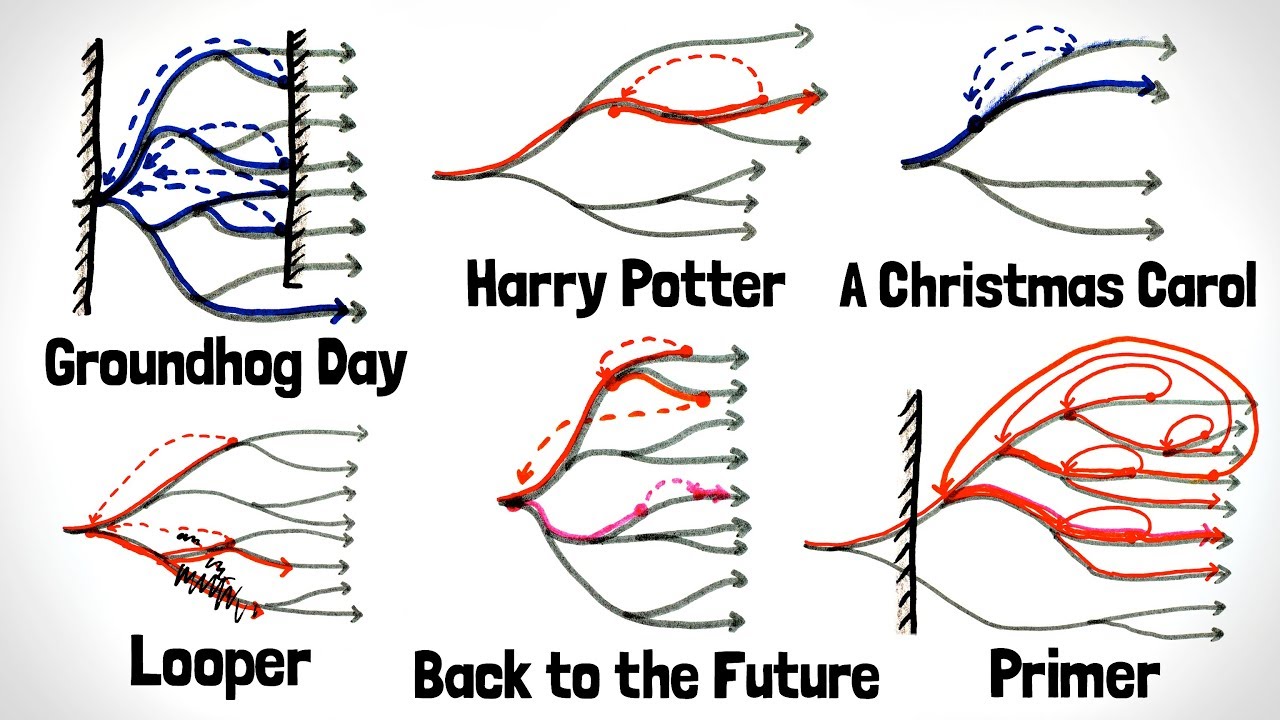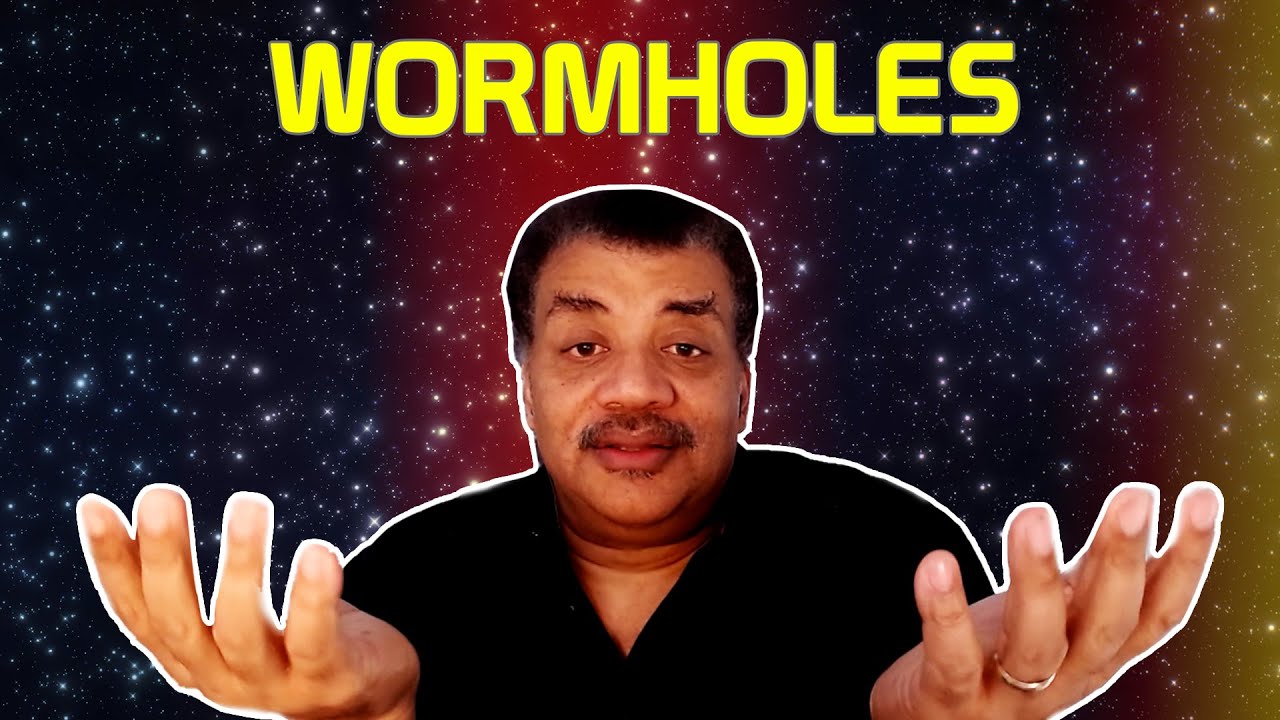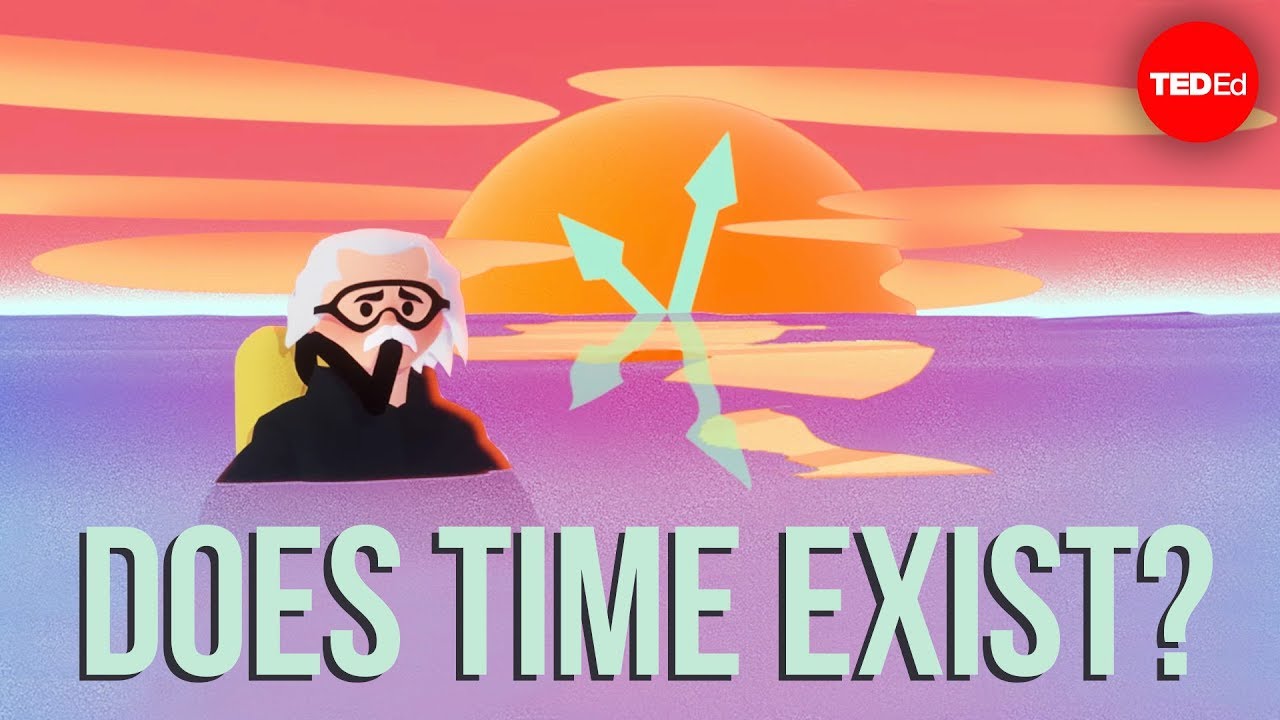Five potential ways to achieve time travel
While the author discounts the possibility of traveling to the past, it lays out five hypothetical modes of catapulting into the future: speed, gravity, suspended animation, wormholes, and light. Each has some scientific basis, but none are realistic for humans. Read the article to learn where they offer promise and where they fall short.



